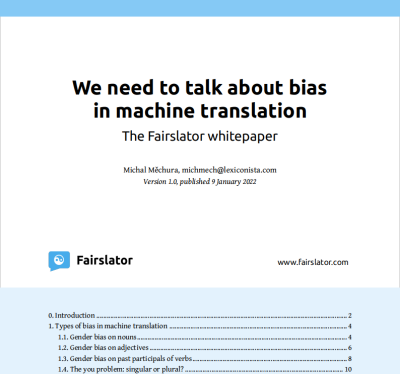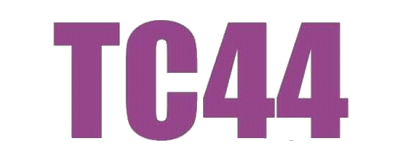Finally, an Irish translation app that knows the difference between ‘tú’ and ‘sibh’
It asks you how you want to translate ‘you’.
In case you didn't know, Irish is one of the many language that have two words for you, one when you're talking to one person (tú) and another when you're talking to two or more people (sibh). In fact, most European languages are like that, it's English that's being the odd one out for having only one word for both.
Now let’s do a little experiment: go to your favourite machine translation website, such as Google Translate, and ask it to translate a sentence from English into Irish which has you in it, such as where are you. Will it be translated with the singular tú, or with the plural sibh?
Most translation apps tend to go for the singular version of you most of the time. But suppose you wanted to say the sentence to a group of people. Well, if you do actually speak Irish, then it will be easy for you to know which word or words in the translation you're supposed to change. But what if you don't speak the language, or don't speak it well enough to be sure? Wouldn't it be better if the app simply asked you which meaning of you you want?
Unfortunately, machine translators don't have the ability to ask questions. Whenever they find themselves in a situation of ambiguity – like now when they don't know whether you refers to one person or many – they simply pick whichever option seems more likely, based on whichever occured frequently in their training data. In other words, the machine will make an assumption. This assumption may well be correct for most people most of the time, but it may not be correct for you at this particular moment when you are about to speak to a group of people and not just one person.
Enter Fairslator. Fairslator is different a translation tool because it doesn't make any assumptions and because it does ask questions. If you ask Fairslator for the Irish translation of a sentence with you in it, and if it isn't clear from the rest of the sentence whether you mean one person or many, the app will give you a choice. Only then, depending on what you have answered, will it give you the appropriate translation. The translation you get will be based on what you mean, not on what the machine assumes you mean.
Fairslator is pretty much the first translation app in the world that has this ability: the ability to ask follow-up questions if it has encountered an ambiguity in the source text. OK, maybe not completely first, because Google has been experimenting with something similar for gender-specific translations in some language pairs, and DeepL sometimes gives you a choice between formal and informal forms of address in languages that have them. But Fairslator outperforms them both because it detects a wider range of ambiguities – and is certainly the only one that can do it for Irish.
To summarize, Fairslator is a new kind of translation service: one that doesn’t just spit out one single translation but asks you what you mean. Try it for yourself and tell all your Irish-speaking friends – but don’t forget to use the correct version of you!
 Michal Měchura
Michal Měchura










